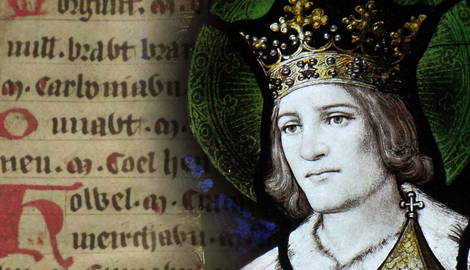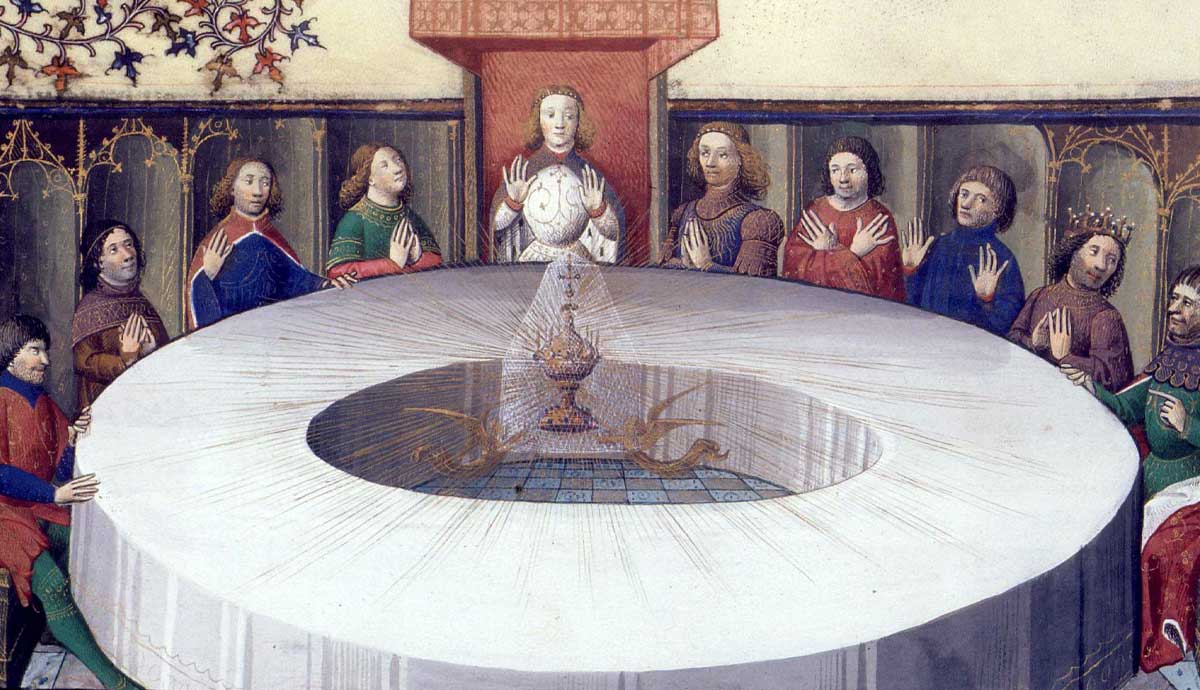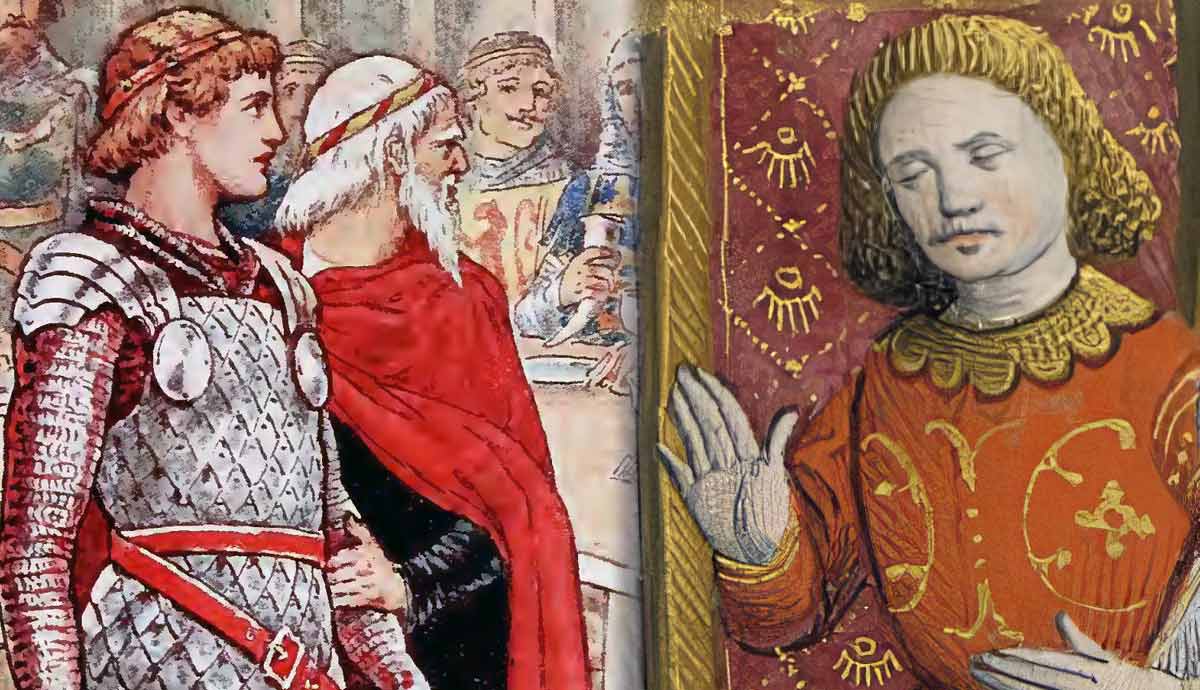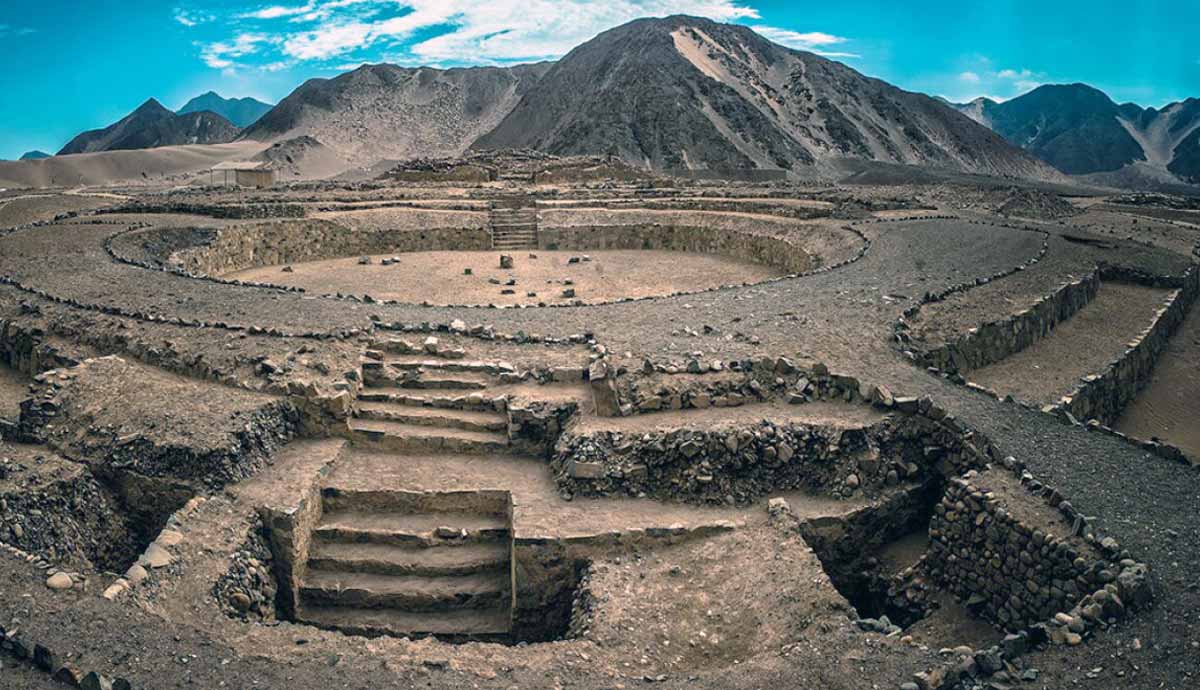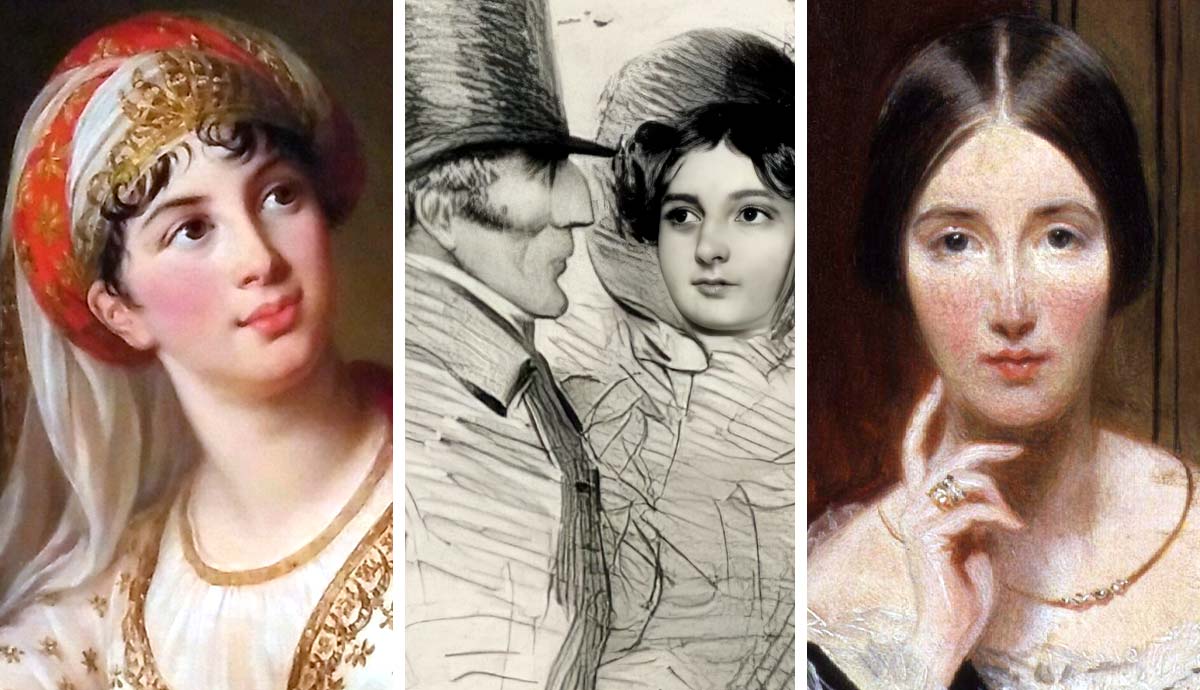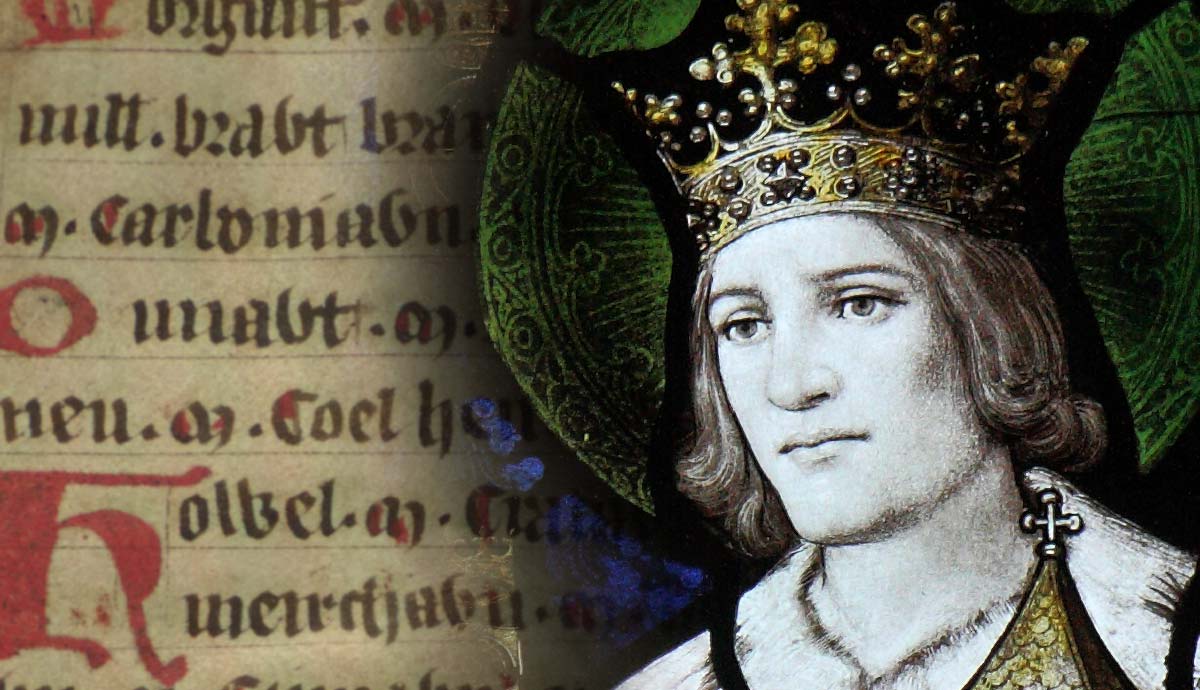
The investigation into the historicity of King Arthur often involves trying to identify him with figures who are better attested in the historical record, suggesting that these figures at least partially inspired the stories about the legendary king. One theory identifies Arthur as a figure who appears in medieval records known as Arthwys ap (son of) Mar. Based on information about where Arthwys’ family lived, along with specific details about his family members, some researchers believe that he is a good match for the legendary king. Does the available evidence really support this conclusion? Or is this theory built mostly on wishful thinking?
Arthwys ap Mar, the Possible King Arthur, in the Medieval Records

Arthwys ap Mar is not a particularly well-attested historical figure. The primary source for this figure is a record known as Bonedd Gwyr y Gogledd, meaning “The Descent of the Men of the North.” This record provides genealogical information about prominent figures associated with the region roughly corresponding to northern England and southern Scotland.
This document was written centuries after the Arthurian period. It also does not provide any extensive information about Arthwys. Nevertheless, due to the nature of the document, it is generally viewed with less suspicion than the records that mention King Arthur, even ones that were written substantially before Bonedd Gwyr y Gogledd. This is essentially because this is just a genealogical record with no obvious legendary influence or purpose. Because of this, scholars are generally far more favorable to the existence of Arthwys ap Mar than they are to the existence of King Arthur. With this in mind, can we plausibly associate the apparently historical Arthwys with the legendary Arthur?
The Connection Between Arthwys ap Mar and King Arthur

What basis is there for suggesting that Arthwys ap Mar may be the person behind the legendary figure of King Arthur? At its core, this theory is based on the fact that their names are fairly similar, and they lived in approximately the same place at the same time. The similarity between their names becomes more obvious when we include forms such as “Arthurus,” “Artus,” and “Arturis.” Regarding the location in which they lived, Arthwys is generally connected to Elmet. This was a British kingdom in Yorkshire. The Historia Brittonum records this as being the territory of Ceretic, generally identified as a Ceredig, who appears in the genealogies as a member of Arthwys’ dynasty.
According to legend, King Arthur had some close associations with the Yorkshire area. For example, the Historia Brittonum presents him as fighting several battles in “Linnuis,” which is the region surrounding Lincoln. This is within reasonable striking range of a king based in Yorkshire.

Furthermore, in Geoffrey of Monmouth’s Historia Regum Britanniae, written in c. 1137, Arthur is associated with the city of York. He is described as fighting a battle there against the Saxons. Furthermore, after his wars were over, Arthur is said to have celebrated Christmas at York. Based on this and other pieces of tradition, some scholars feel that a location in the northern half of England is where the historical Arthur is likely to be found. Since Arthwys ap Mar was from this area, this appears to be a good match.
Finally, the core of the theory is also based on the fact that Arthwys and Arthur lived at about the same time. Arthur’s battles against the Saxons are placed in the first half of the 6th century by the Historia Brittonum. Arthwys, meanwhile, appears to have been the brother of Lleenog, the grandfather of the Ceredig, who was expelled from his kingdom by King Edwin of Northumbria in the early 7th century. Based on that chronological evidence, Arthwys likely was active in the first half of the 6th century, like King Arthur supposedly was.
The Family Members of Arthwys

The connections between Arthwys and Arthur are more extensive than just these three basic points. According to the theory, various family members of Arthwys can be identified as associates of King Arthur from the legends. For example, the characters of Lancelot and his son Galahad have been connected with Lleenog, brother of Arthwys, and his son Gwallog. Furthermore, Arthur’s infamous nephew Mordred is identified as Morydd, an alleged brother of Arthwys.
The problem with this evidence is that the supposed connections are very weak and not really consistent with what the Arthurian legends actually say about the figures in question. For example, Lancelot is never presented as being the brother of King Arthur. He is explicitly shown to have arrived at Arthur’s court from another kingdom. Mordred, likewise, is never presented as a brother of Arthur. He is originally presented as his nephew and then in later versions as his son, but never his brother. Therefore, these supposed connections do not convincingly support identifying Arthwys as King Arthur.
Arthwys’ Name

Another key factor involved in this theory is the connection between the name “Arthwys” and “Arthur.” Can these two names really be connected? This is a very controversial part of the theory, and it is difficult to provide a definitive answer. The reality is that we simply do not know what the origin of “Arthwys” really is. It has been argued to be a corruption of “Arthurus” or “Artus” or some similar form of the name “Arthur.” Others argue that it is a bona fide name in its own right.
Since we do not have any earlier records about Arthwys ap Mar, we cannot demonstrate its evolution. Furthermore, this is not a commonly attested name, although “Athrwys” and “Arthrwys” are also occasionally seen in the records. These might all be independent corruptions of a form like “Arthurus,” or they might all be corruptions of a distinct name.
In any case, it is clear that Arthwys ap Mar did have a name very similar to the attested forms of Arthur’s name. His name could plausibly be interpreted as a corruption of that of the legendary king.
Geographical Issues

Another issue is the geographical placement of Arthwys’ dynasty. As we saw earlier, his family appears to have been based in Yorkshire. However, is it really true that King Arthur is closely associated with that region? In reality, the majority of early references to Arthur in Welsh and Latin records place him in the West Country or South Wales. The only exceptions are the nine battle sites mentioned in the Historia Brittonum, but these do not necessarily correspond to where Arthur himself lived.
For example, the Mirabilia, a record contemporary with the Historia Brittonum, places Arthur in Ergyng, a kingdom near the border of South Wales. The Vita Cadoci, written in about 1086, places Arthur in southeast Wales. The Vita Carantoci, dating to the 12th century, places Arthur in the West Country. These are just some of the many examples. The key takeaway from this is that Arthur was primarily associated with the southwest of Britain, which does not fit Arthwys ap Mar.
Issues of Prestige

One final point worth mentioning is the fact that Arthwys, as mentioned earlier, does not appear in many manuscripts. To be clear, many documents refer to his dynasty. However, Arthwys himself does not appear in all of the genealogical records. For example, in the earlier Harleian MS 3859, which contains the earliest genealogical list of the medieval kings of the Britons, Arthwys does not appear. His family line does appear in more than one place, but Arthwys is skipped completely in the places that he later appears in Bonedd Gwyr y Gogledd.
This would be profoundly unusual if Arthwys really was the historical King Arthur. In Welsh records, Arthur was extremely famous. The idea that he would just be missed in records about his family line is very difficult to defend. Based on this fact alone, it seems very unlikely that Arthwys ap Mar could possibly have been the historical figure behind the legendary Arthur.
Was Arthwys ap Mar Really the Historical King Arthur?

In conclusion, does the evidence support the theory that Arthwys ap Mar was the historical King Arthur? Unquestionably, there are some interesting similarities between the two figures. For example, they lived at about the same time, had similar names, and were associated with the same area in some records. However, when we look more closely, the evidence does not hold up particularly well. Notably, the weight of evidence associates Arthur with the southwest of Britain, especially in the West Country and southeast Wales. His connections to Yorkshire, the territory of Arthwys, are mostly transitory. Furthermore, the alleged connections between Arthwys’ family members and associates of King Arthur in the legends do not really hold up to scrutiny.
Perhaps most damaging of all is the fact that Arthwys was evidently not a prominent prince. He is skipped in numerous records about his family line, which is not at all what we would expect for a famous and powerful war leader.
